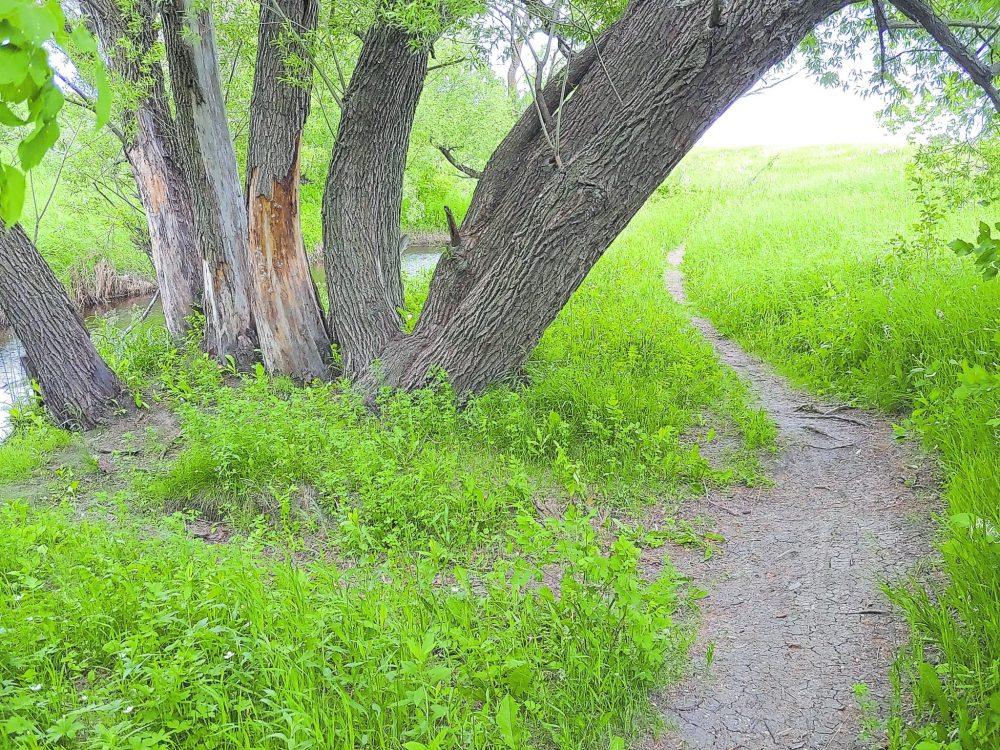Peace Trail coming together with first funding commitment
Advertisement
Hey there, time traveller!
This article was published 08/10/2023 (573 days ago), so information in it may no longer be current.
About four years ago a man had a vision to create a trail that would walk in the footsteps of the area’s Mennonite ancestors. Now that vision is one step closer to reality.
Glen Klassen is the founder of the 55-kilometer Peace Trail, a 10-waypoint proposed hiking, biking, and driving trail that stretches from the Mennonite Landing Site at the congruence of the Red and Rat Rivers to the Willems Peace Garden at Mennonite Heritage Village.
“I think in general we say that the purpose of the trail is to let people explore and appreciate southeastern Manitoba recreationally, first of all, and historically. There’s history attached to many of the sites. Spiritually there’s a church and couple of graveyards that are there. We’ve got recreation, history, spiritual, and ecological (aspects of the trail),” he said.

Klassen and the EastMenn Historical Committee are looking for $60,000 in funding from municipalities and organizations and has so far received $7,500 from the D.F. Plett Historical Research Foundation for the creation of information panels along the route. The group needs $30,000 to create two parks at two waypoints: The Shantz immigration Sheds and the Rosenthal Nature Park.
Between 1874 and 1876 about a 1,000 Mennonites arrived at the Mennonite Landing Site to make homesteads in what is now the East Reserve in Steinbach and Niverville. Before they moved to their homesteads, they would stay at the Shantz immigration sheds located near Niverville. The Shantz sheds are an important historical waypoint on the Peace Trail.
“Jacob Shantz was an Ontario businessman who promoted the immigration of the Mennonites here in Manitoba. He built four sheds in that location for the incoming Mennonites so they could regroup themselves and prepare to go to their villages in the East Reserve,” said Klassen.
The Rosenthal Nature Park is a mile north of Mitchell and is an important ecological waypoint in the trail. The Village of Rosenthal was home to some 25 Mennonite families who established themselves in the mid-1870s before relocating prior to the census of 1881. The presence of artifacts and the preservation of this site are intrinsic to the history of the local area that is characterized by rapid population growth and development, according to the Seine Rat Roseau Watershed District.
“There we want to honour Treaty 1,” said Klassen. “That would have an emphasis on Indigenous cooperation we would put some panels there as well.”
Klassen also wants to construct a bridge at Tourond Creek Discovery Centre for $30,000 so hikers and cyclists can cross.
